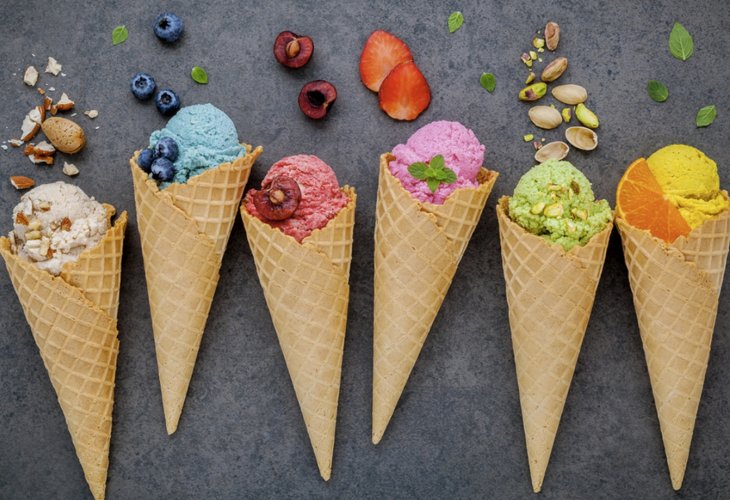The Truth Behind Food Colorings: What You Need To Know
Many food colorings aren't good for us. Learn to spot them in product ingredients.
 (Photo: shutterstock)
(Photo: shutterstock)Most of us prefer our food to be beautifully presented. Food colorings make our meals look appealing, helping us associate appearance with taste. While they enhance the visual appeal, they don't really do much for our health.
Additionally, some food colorings extend the shelf life of products, prompting the industry to use them liberally.
Despite regulations by health authorities, they are found in many products. Fortunately, their presence must be noted on product labels, giving us the chance to know what we're consuming.
A significant number of these colors aren't edible. Some are coal-based, containing benzene, a component linked to disease. There are azo dyes too, which are based on chemical compounds.
How can we identify them?
E102 – Tartrazine yellow. Found in soups, soft drinks, and baked goods. It can cause attention and concentration issues and migraines, considered dangerous.
E110 – Found in pastries, cereals, drinks, and jams. Linked to digestive system problems and allergies.
E122 – Red. Added to candies. Can cause attention disorders, skin inflammations, and tumors.
E129 – Found in processed meats and candied cherries. Causes respiratory issues.
E132 – Present in ice creams, cereals, and candies. Promotes attention issues and increases blood pressure.
There are also natural food colorings made from beets, spices, or algae. They are more expensive and shorten product shelf life, so they're used less frequently.
Natural red food colorings E163E162 are derived from grapes, beets, and red cabbage.
Yellow food colorings come from turmeric or corn.
Green colorings are extracted from leaves.
Some natural food colorings can also be risky, like E174 - silver or gold cake decorations that contain toxic metals. Similarly, E150 – burnt sugar caramel, is potentially carcinogenic.
Children are more sensitive to food colorings than adults. Toxic substance amounts, relative to low body weight, are more harmful, so we must exercise great caution with our kids.
Check every package you buy. Opt for natural colorings. They might be present in foods you wouldn't expect. Even small amounts have a cumulative health impact.
Try making your own concentrated puree: beet juice for pink, spinach for green, turmeric for yellow, and blueberries for purple.
Zehora Sharvit is a Naturopathic Doctor (N.D.) and an iris diagnosis expert, with extensive experience in treatment and workshops. To book a free workshop, call073-2221290

